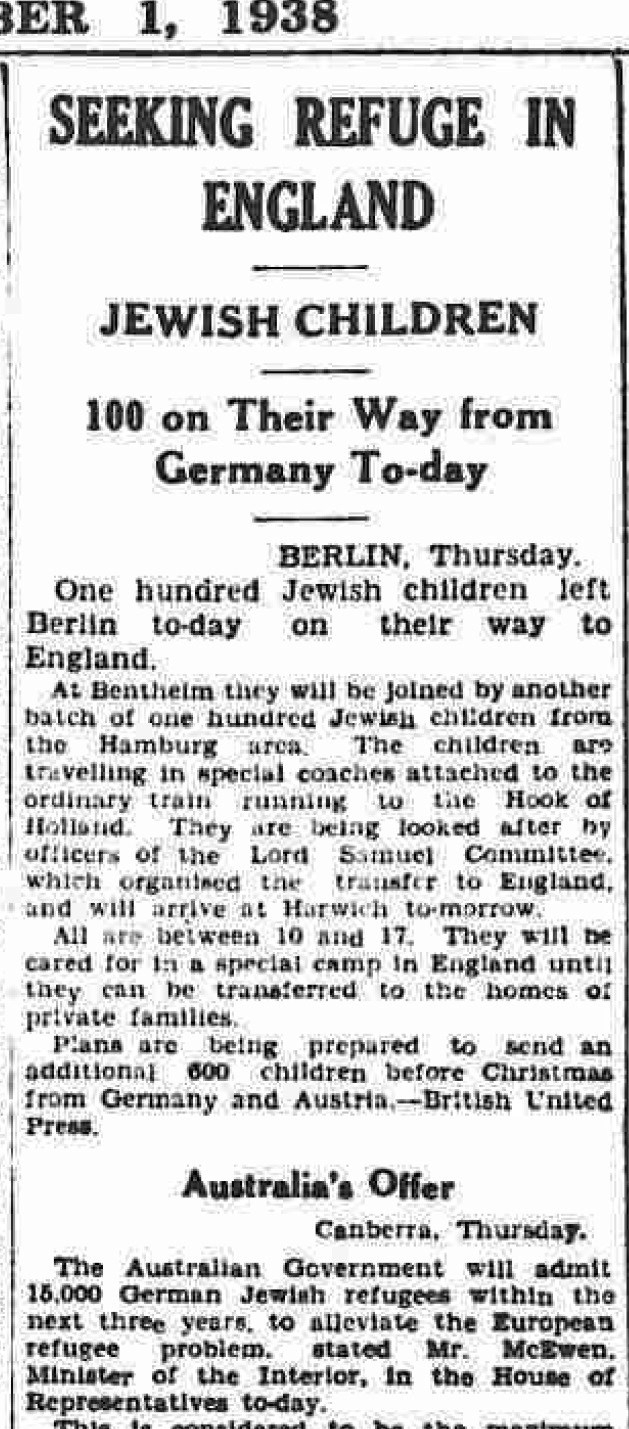Kindertransport—Additional Resources and Links
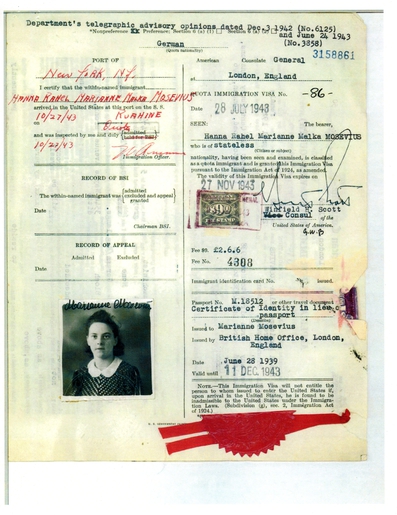
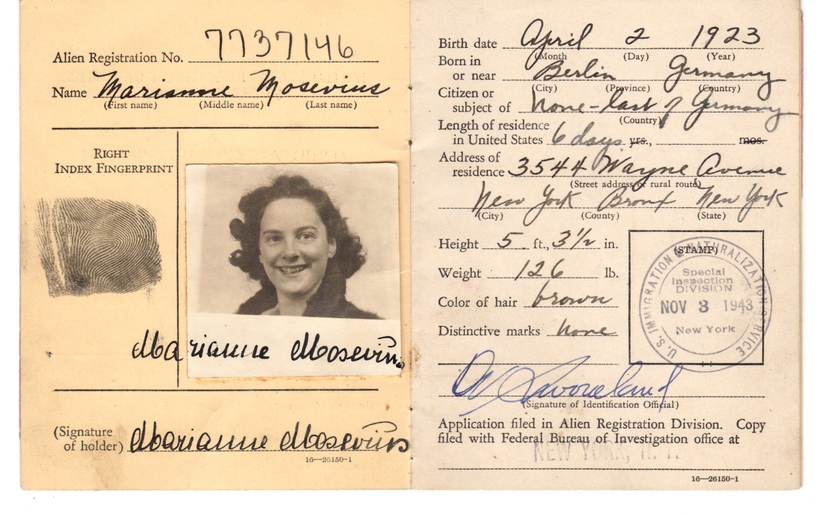
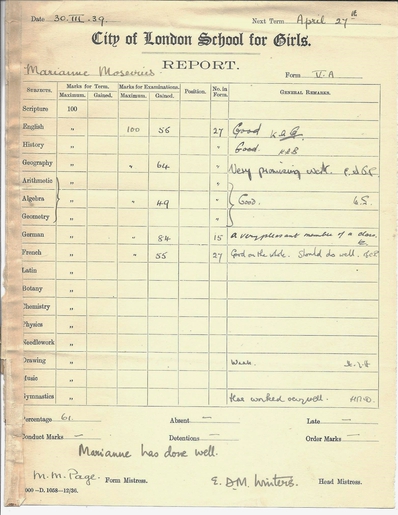
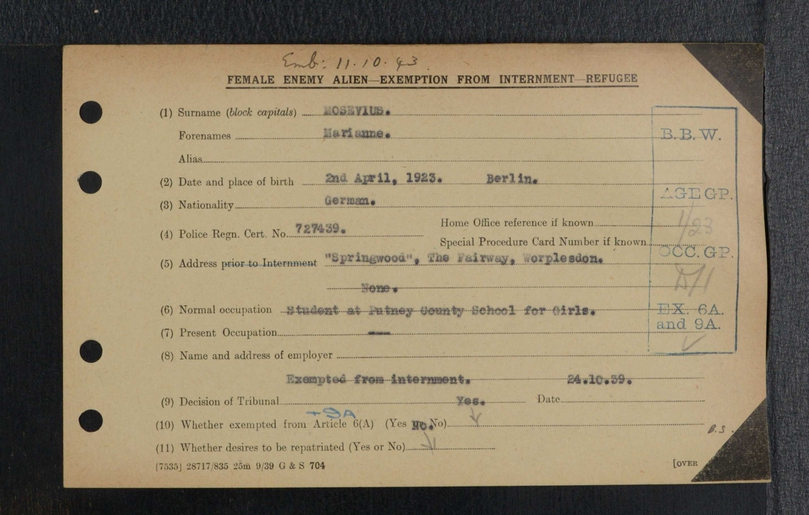
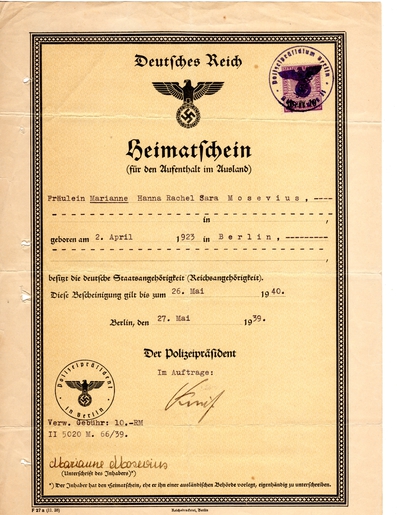
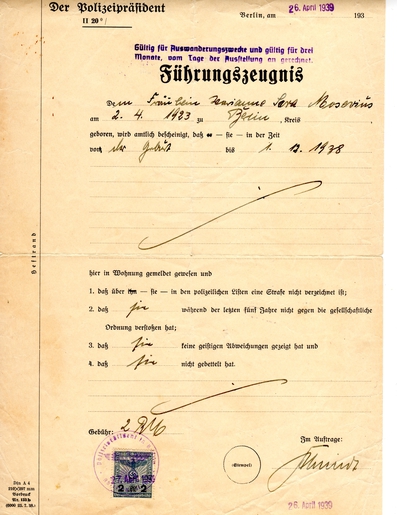
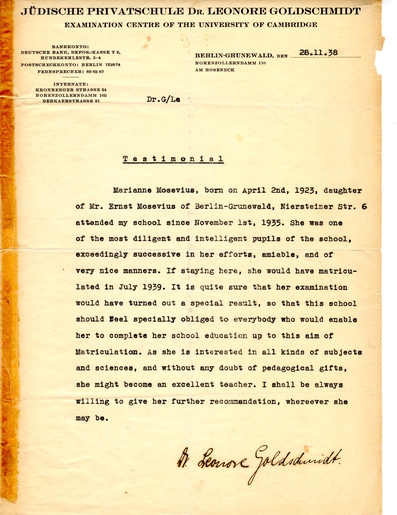
When Leo Baeck Institute announced that we were planning an exhibition on the Kindertransport with Yeshiva University Museum, many people approached us with documents of their own or their family members' experiences. Some of these documents were included in the exhibit, but there was not room for all of the important and unique materials we received, so we have posted some of them here, along with other digital resources related to the Kindertransport.
Confidential Statistical Report on the Kindertransport
One of the most important documents that is on view in the Kindertransport exhibition is this confidential statistical report on the rescue effort, by Movement for the Care of Children from Germany, Ltd., which is digitized in LBI's archives in the Robert Weltsch Collection. It provides a comprehensive look at the first seven months of the Kindertransport.
Confidential Statistical Report on the Kindertransport, July 1939
News reports on the Kindertransport
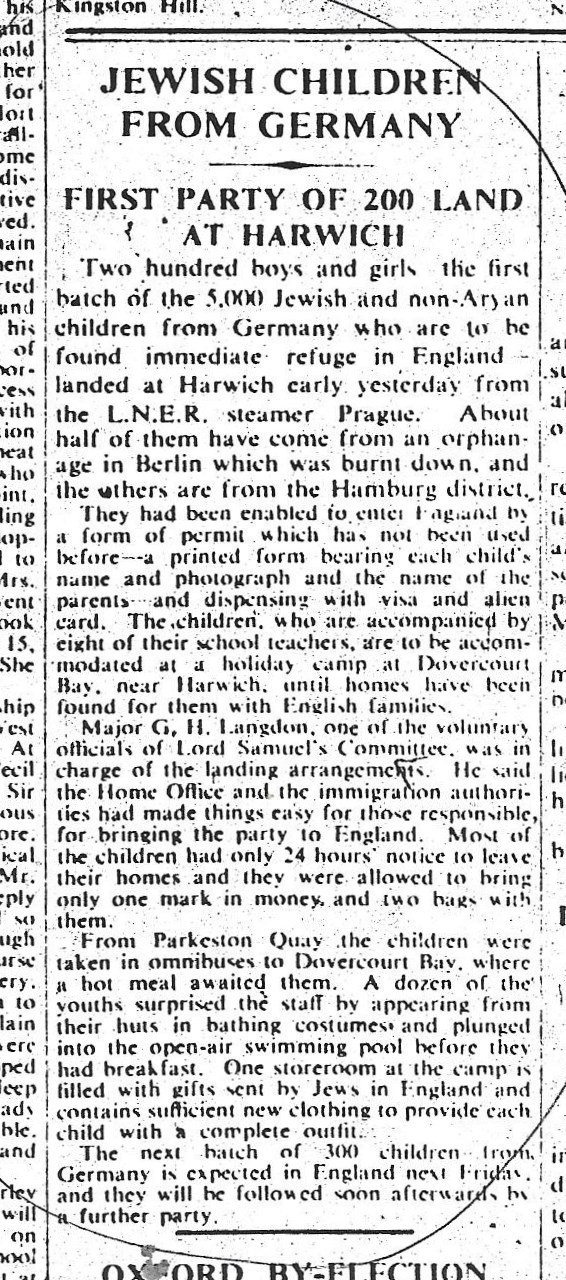
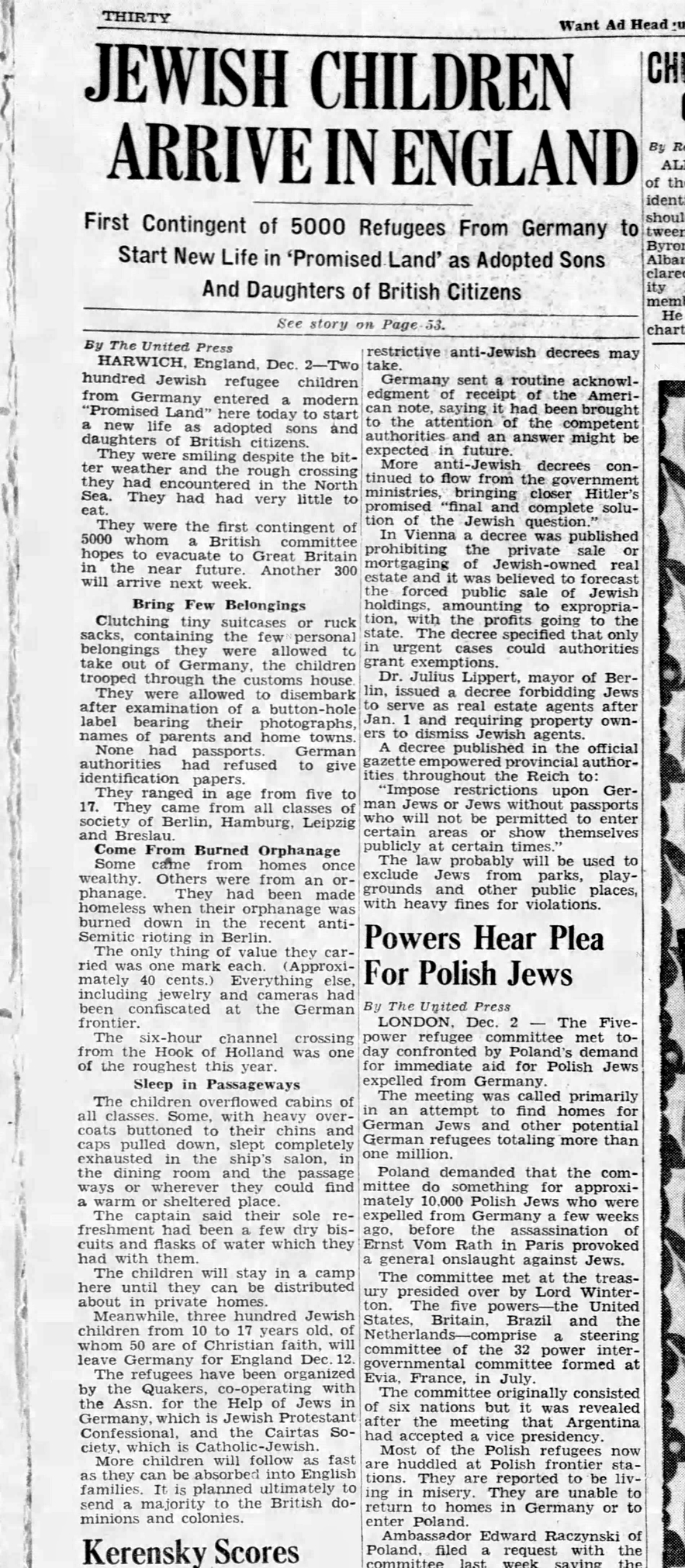
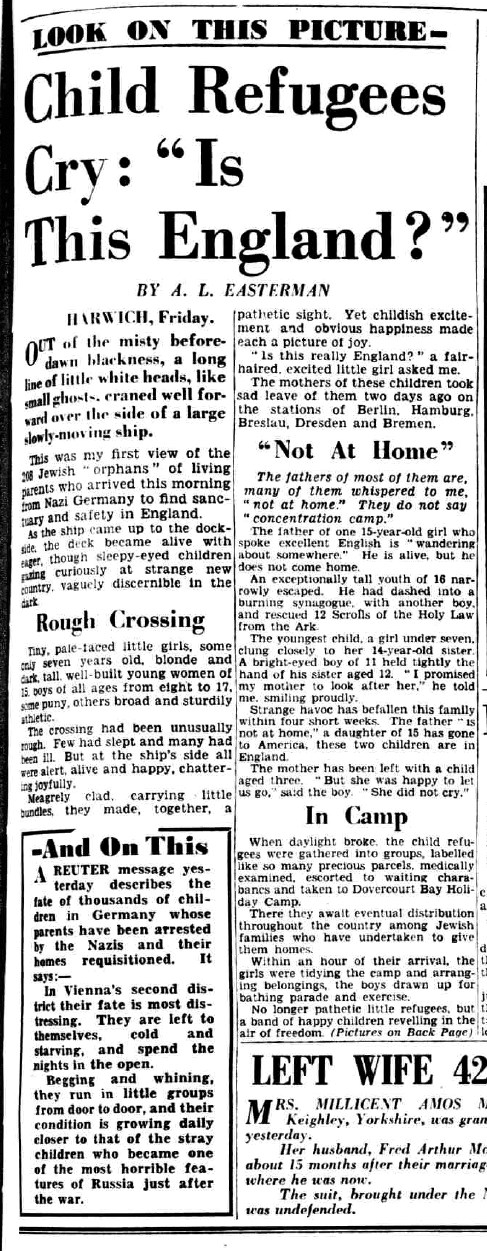
Horst Aronsohn, 16, from Braunschweig
In 1939, Horst Aronsohn came with Kindertransport from Berlin via Braunschweig to England. Due to his age he went to Kitchener Camp where he was trained as a blacksmith. In the United States he became an engineer. He brought with him a number of books, an English language primer, a prayer book form Germany, and A Book of Jewish Thoughts, written by British Chief Rabbi Hertz. Rabbi Hertz had greeted Horst's group upon arrival in England. In May 1940, Horst went to the United States where he changed his name to Herbert Aronson.
Title page of A Book of Jewish Thoughts, by Rabbi Hertz
English language primer from Kitchener Camp
letter of travel arrangement from the shipping line, May 1940
Marianne Mosevius, age 15, Berlin
Marianne Mosevius was the foster child of the author of the Daily Herald article above. Her daughter provided the following unique materials related to her mother's Experience on the Kindertransport.
Translated excerpts from Marianne Mosevius' Kindertansport letters, with introduction
Marianne Mosevius, first letter home from the Kindertransport, Dec. 3 1938 (German original)
One of the most interesting documents related to Marianne Mosevius is her Kindertransport file from World Jewish Relief, a document that is not usually accessible for Kinder.
Marianne Mosevius, Kindertransport File from WJR
Ruth Haas, age 11, Berlin
This diary was written by a 13-year-old Ruth Haas who had come to Hull from Berlin on a Kindertransport two years earlier. She reunited with her parents and sister in 1945. They had come in Brooklyn, NY, in 1941
Memoir, “Twice a Refugee” by Ruth Haas
Joachim Pinczower, age 11, Breslau
Not all Kinder were carrying passports. However, Joachim Pinczower's passport shows what stamps and permissions were needed, the date of passport issue, the currency restrictions, and exit from Germany and entry to the United Kingdom.
Joachim received dozens of letters from his parents between May and August of 1939.
Other Rescue Efforts for Children
In the United States, rescue efforts by the government failed, but private initiatives did manage to bring children to the US.
At the OTC website on YIVO (https://onethousandchildren.yivo.org) you will find a complete list of references and resources including the three books that are core references for this history:
- Don’t Wave Goodbye: The Children’s Flight from Nazi Persecution to American Freedom, Iris Posner and Philip K. Jason, editors. (Praeger/Greenwood, 2004)
The first ever book of first person accounts of OTC children and rescuers and second generation OTC
- Unfulfilled Promise: Rescue and Resettlement of Jewish Refugee Children in the United States, 1934-1945, by Judith Baumel (Denali Press, 1990)
The most complete and important book containing the history of the OTC rescues and why America did not save more children.
- Cecilia Razovsky and the American Jewish Women’s Rescue Operations in the Second World War,by Professor Bat-Ami Zucker (2008)
The first book published about the person at the center of the 12-year “network of cooperation” that rescued over 1,200 unaccompanied children from Europe between 1934 and 1945.
Dr. Judith Baumel-Schwartz’s book based on her extensive research is the authoritative and most complete source on this subject.
